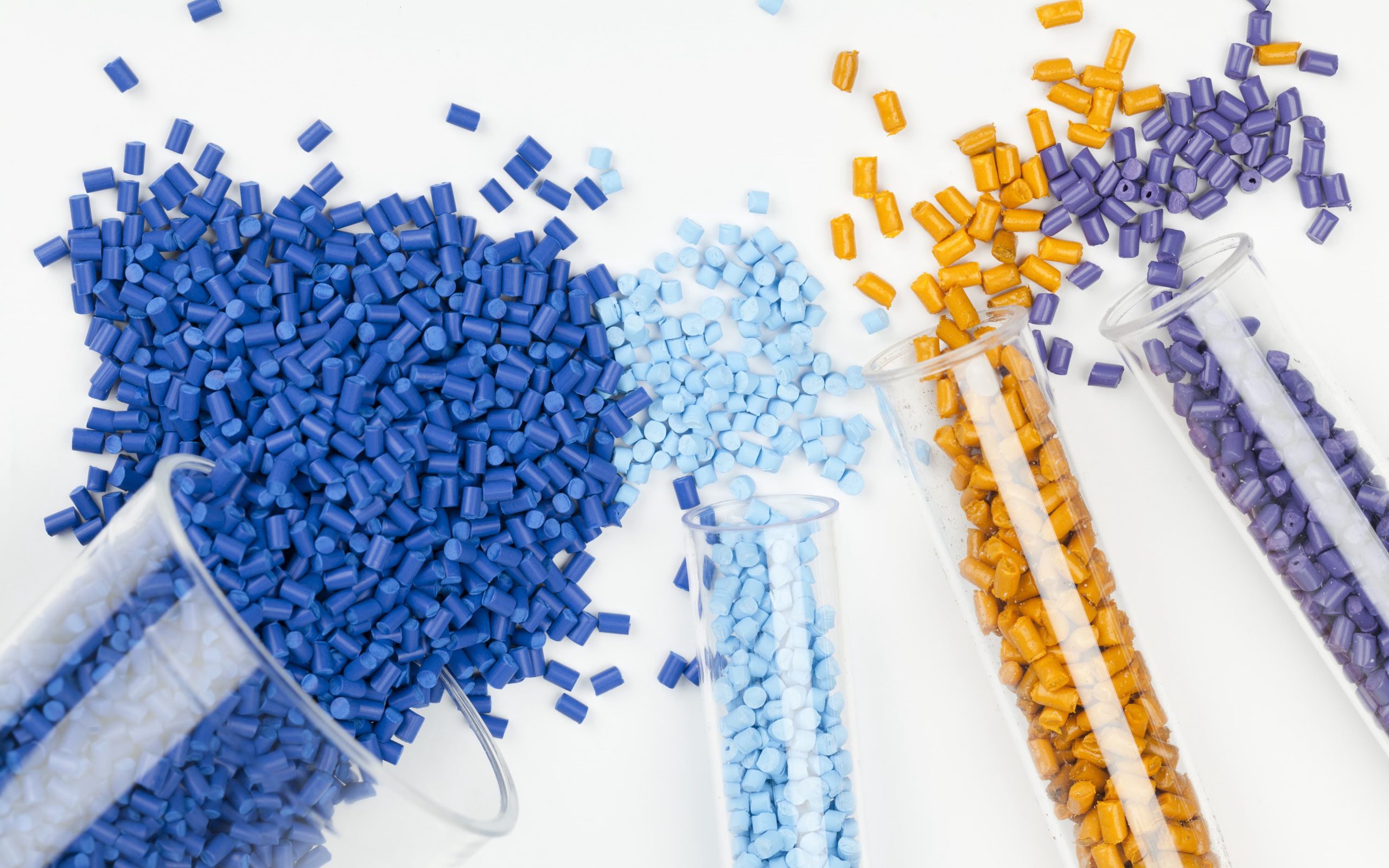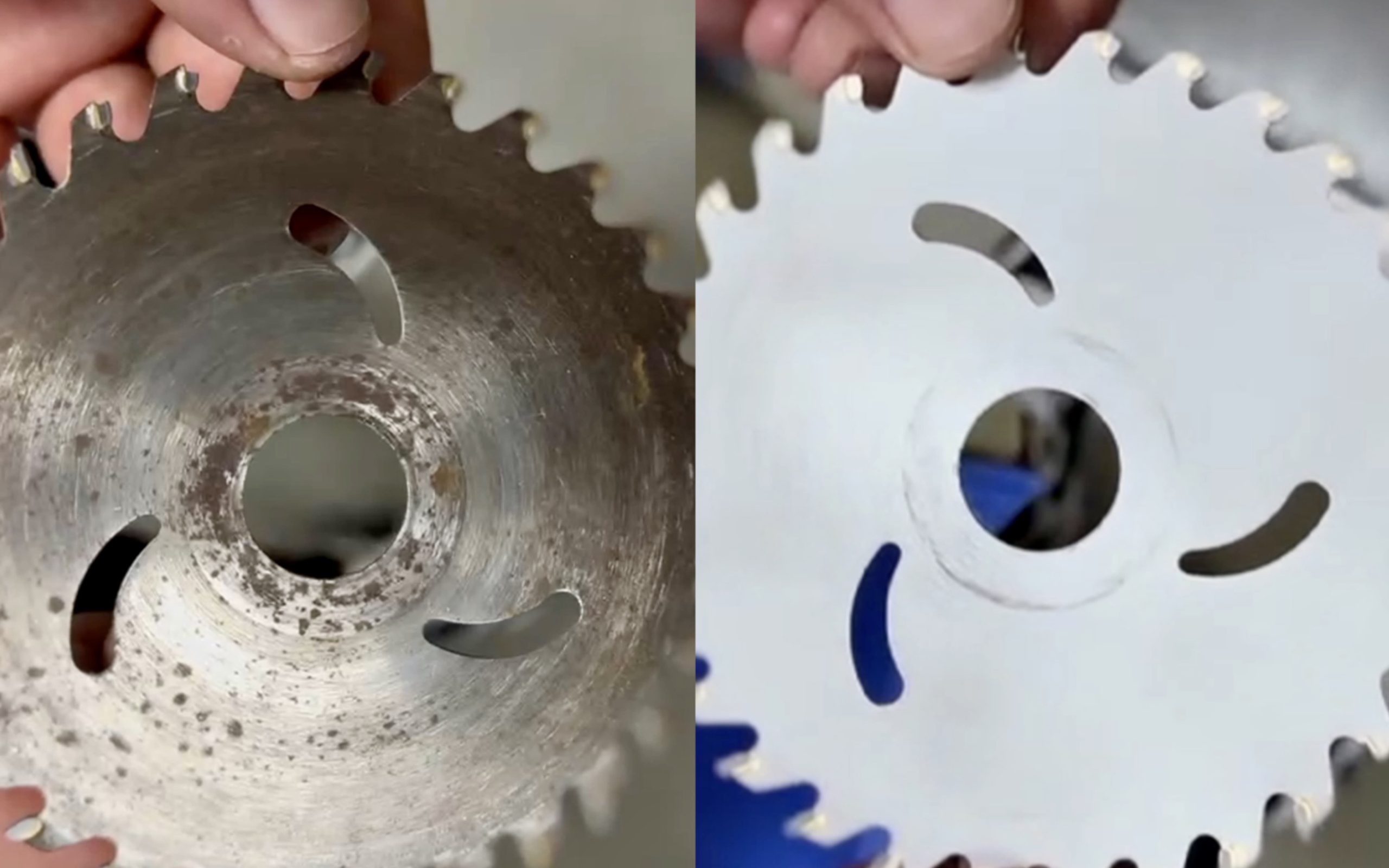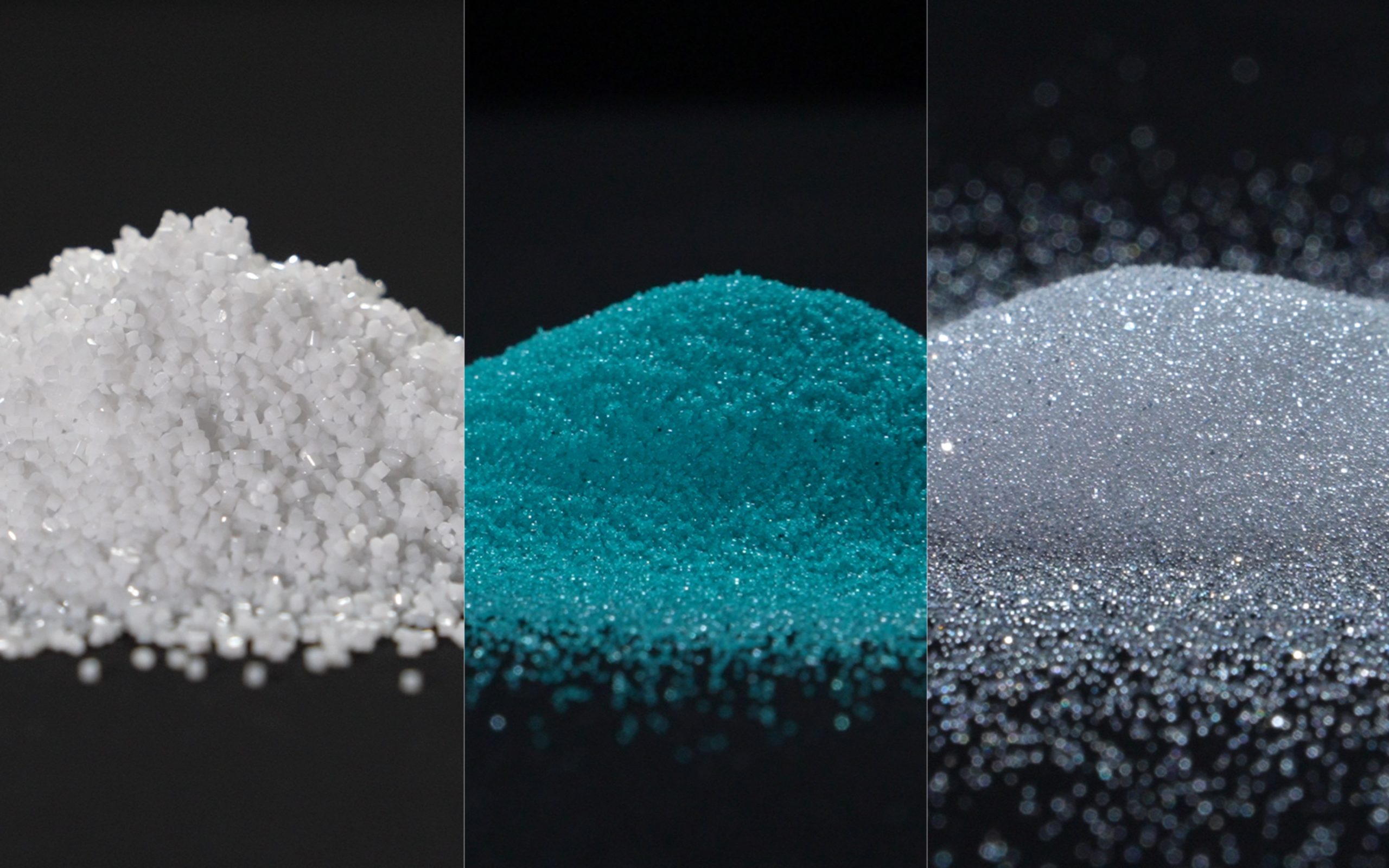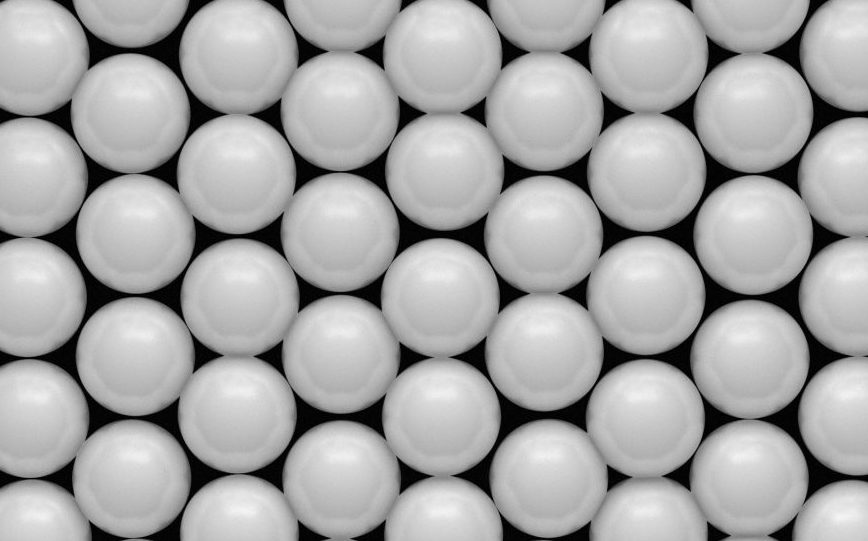Application of sandblasting etching in product customization
October 23, 2024

In today’s high-end market, consumers not only pursue product functionality but also pay more attention to the uniqueness and personalization of the brand. Whether it is luxury watches, jewelry, or customized electronic products, the design and display of brand logos have become the bond of emotional connection between brands and consumers. In this context, sandblasting and etching technology has gradually become a key tool in high-end product customization, providing strong technical support for brands to create unique logos and enhance recognition. Especially in brand customization, sandblasting and etching give products irreplaceable visual impact and tactile texture, helping brands stand out from the competition.
What is sandblasting etching?
Sandblasting etching is a process of engraving, grinding, or processing the surface of an object by spraying fine abrasive particles at high speed. This technology can be used on various materials, especially in the customized design of metal and glass surfaces. Compared with traditional etching processes such as laser etching, sandblasting etching has greater flexibility and surface texture processing capabilities, and can create logos with depth, texture, and complex patterns.
Application scenarios:
- High-end home accessories, such as customized glass lamps and mirrors, which present unique light and shadow effects when light passes through. Mirrors are no longer ordinary reflective tools, but have become works of art;
- High-end watch and jewelry industries, used to carve brand logos on metal and glass materials. Through this precise etching, the exquisite craftsmanship and high-end positioning of the products are highlighted;
- Back panel or shell logo engraving of high-end electronic products, such as some limited edition electronic products of Apple, will use sandblasting etching technology to engrave special patterns or logos on the shell, making them the object of collectors;
- High-end building materials, such as customized glass curtain walls and metal veneers. Customized glass curtain walls and metal veneers give modern buildings a unique charm, wonderful patterns, and textures, making the appearance of the building more beautiful and personalized.

The pattern on the glass curtain wall
Customized brand etching: Create a unique image for the brand
The advantage of sandblasting etching is that it can help brands show personalized images in a customized way. By engraving a unique brand logo on the surface of the product, the brand can not only increase the added value of the product but also enhance the brand loyalty of customers. The following key points show how sandblasting and etching can empower brand customization:
- Improve brand recognition: By etching exquisite and unique brand logos on products, companies can quickly attract consumers’ attention. When consumers see a product with a unique sandblasting etching logo, they will immediately think of the brand, thereby improving brand recognition and reputation.
For example, Louis Vuitton uses sandblasting etching technology in its limited edition handbag series to engrave the iconic LV logo on the metal hardware part. This logo is not only a symbol of the brand but also a symbol of fashion.
- Enhance product value: Exquisite etching logos will give products more texture and artistry, increasing their high-end feel. This exquisite craftsmanship will make consumers feel that what they are buying is not just a product, but also a work of art. For example, Tiffany & Co. uses sandblasting etching technology to customize unique brand logos on its high-end glassware and jewelry, giving each product a unique story and symbolic meaning. Consumers are not only buying an item but also a luxurious experience.
As a luxury jewelry brand, Cartier uses sandblasting etching technology in its metal jewelry and watch products to carve out brand logos and complex pattern designs, making each piece of jewelry more unique and personalized.
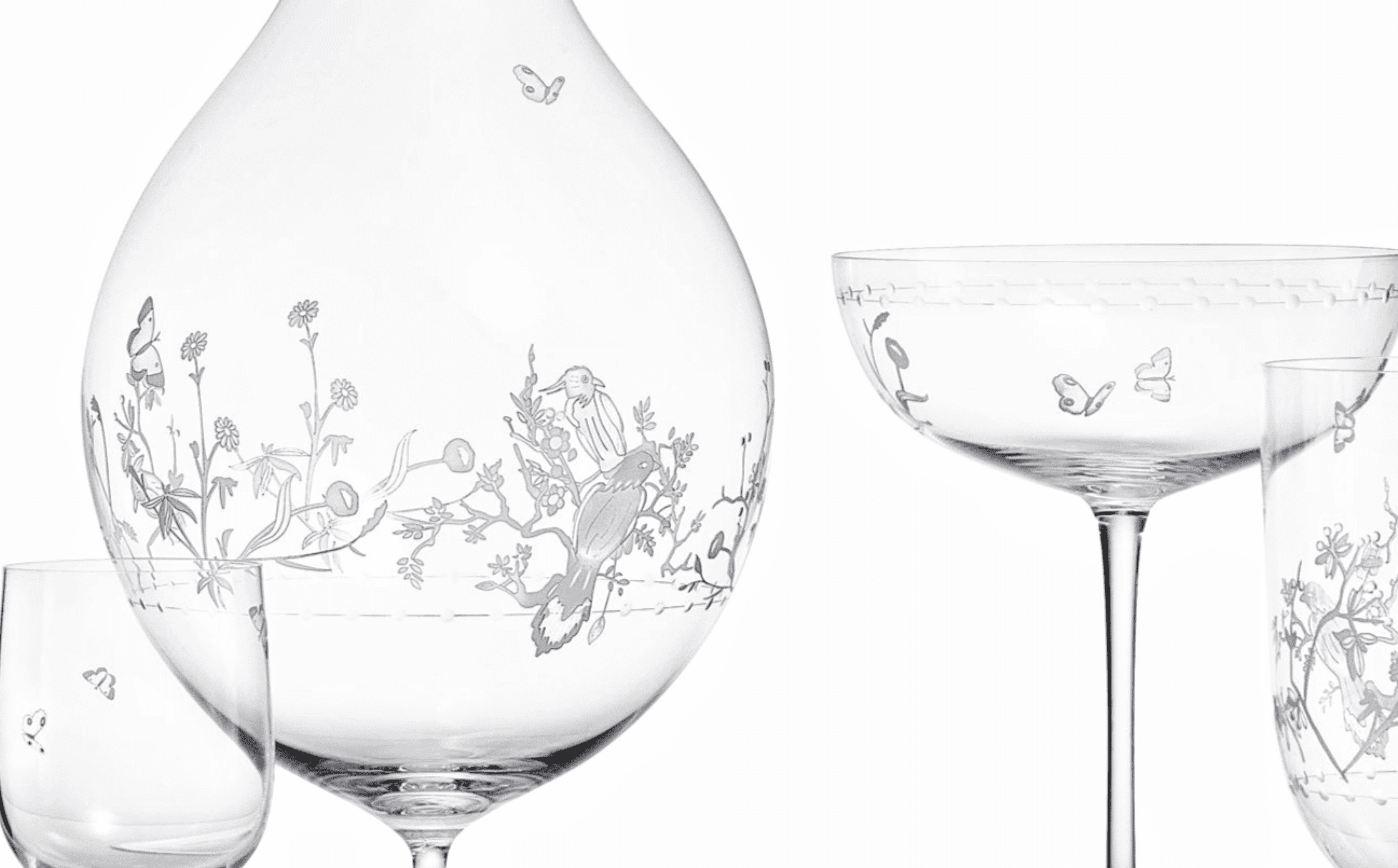
Beautiful etchings on Tiffany glass
- Increase product uniqueness: In the high-end market, personalized products are the key to attracting consumers. For example, some consumers may want to engrave their names or special patterns on their watches, and sandblasting etching technology can meet these personalized needs. In this way, the brand provides consumers with a unique product, which increases the uniqueness and attractiveness of the product.
Sandblasting customized logo: the upgrade path of brand image
Sandblasting customized logos is an excellent tool for brands to enhance their image. By customizing a unique logo on a product, a company can effectively convey its brand spirit and core values, while allowing consumers to experience an exclusive brand experience when using the product.
- Metal product customization: Sandblasting etching is widely used in metal products, such as automotive parts, watch cases, etc. Etching can not only achieve fine engraving on the metal surface but also maintain the texture and strength of the metal.
For example, Audi uses sandblasting etching technology to customize brand logos on the metal and glass components of its cars, such as the four-ring logo on the car window, which greatly enhances the high-end sense and recognition of the vehicle. On the watch case, sandblasting etching can engrave exquisite patterns and brand logos, making the watch more unique and personalized. For example, some watch series of Rolex use sandblasting etching technology to engrave unique patterns or logos on the watch case to increase the collection value of the watch.
- Customization of glass products: Sandblasting etching can bring a silky touch and clear patterns to glass products, which is especially important in high-end wine utensils and building materials. In terms of high-end wine utensils, sandblasting etching can engrave exquisite patterns and brand logos on wine glasses and wine bottles, making the wine utensils more beautiful and personalized.
For example, some high-end wine brands may use sandblasting etching technology on wine bottles to engrave brand logos and grape patterns to increase the artistic sense and collection value of the product. In terms of building materials, sandblasted and etched glass curtain walls can also add a sense of modernity and art to the building. Some high-end office buildings or hotels use sandblasting to beautify glass curtain walls, presenting colorful light and shadow effects under the sun.
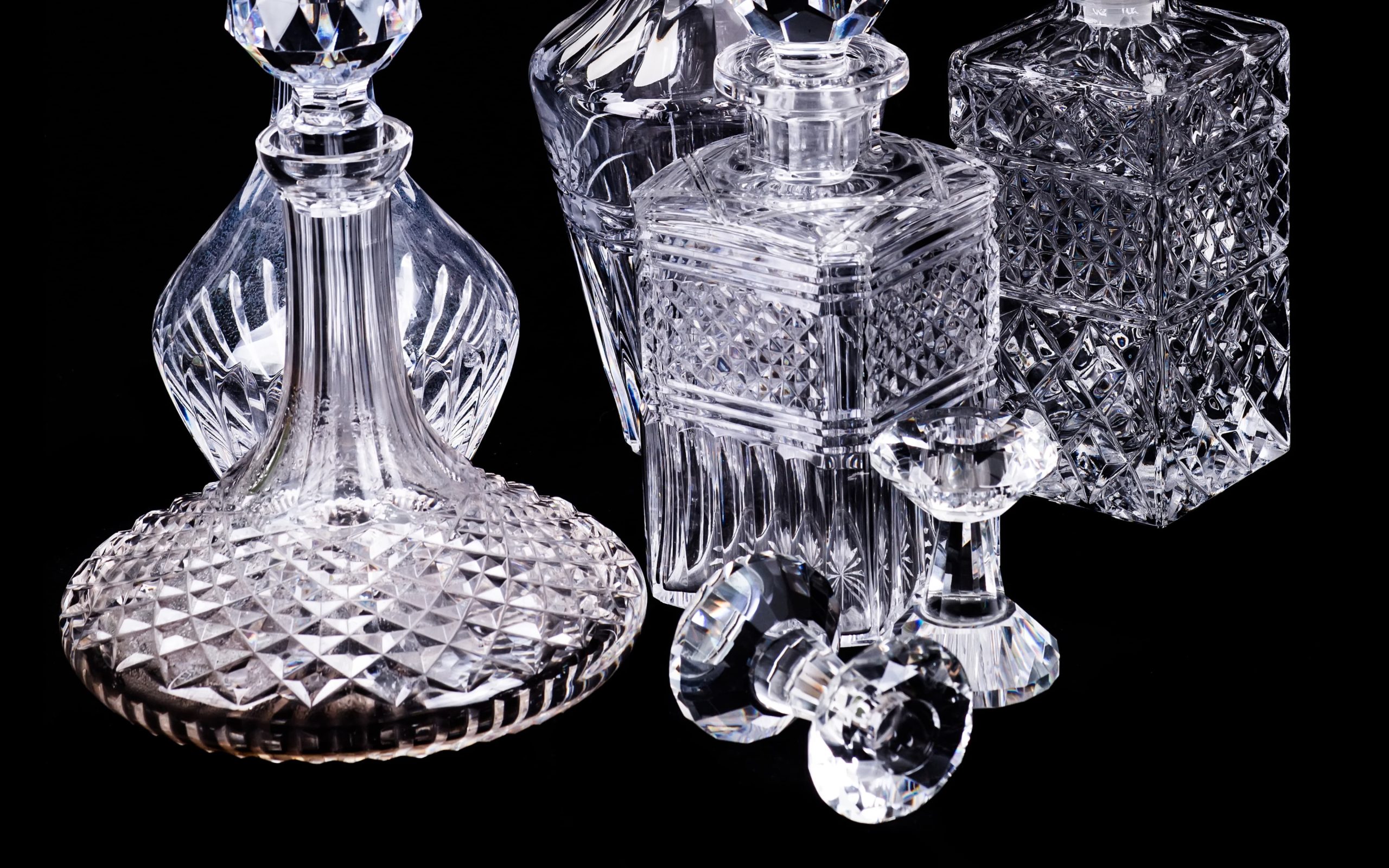
Engraved glass products
Sandblasting etching in luxury customization: the perfect combination of precision and art
The luxury customization industry is extremely strict in its pursuit of details. When producing high-end products, brands must ensure that each product can show its uniqueness and high quality. Sandblasting etching technology meets this demand with its unique advantages. The following are its advantages in luxury customization:
- Accurate pattern engraving: Sandblasting etching technology can perform extremely fine processing on luxury goods, engraving complex and detailed patterns and brand logos on materials such as metal, glass, and ceramics.
For example, Rolls-Royce, as a top car brand, uses sandblasting etching technology to engrave unique brand logos for interior trims and exterior details in its customized models, highlighting its excellent craftsmanship and unparalleled luxury. Every line is carefully carved, and every pattern is full of artistic sense.
In terms of jewelry, sandblasting etching can engrave exquisite patterns and brand logos on materials such as diamonds and gemstones, making jewelry more unique and personalized. For example, some high-end jewelry series of Harry Winston use etching technology to carve unique patterns or logos on gemstones, which enhances the beauty and collection value of jewelry.
- Improved texture: The etching process can give the product surface a special texture, such as frosted or high-gloss effects, further enhancing the visual effect and touch of luxury goods. In terms of jewelry, sandblasting etching can create a high-gloss effect on metal materials, making the jewelry more shining and eye-catching. For example, some jewelry series of Bulgari use etching technology to create high-gloss effects on metal materials.
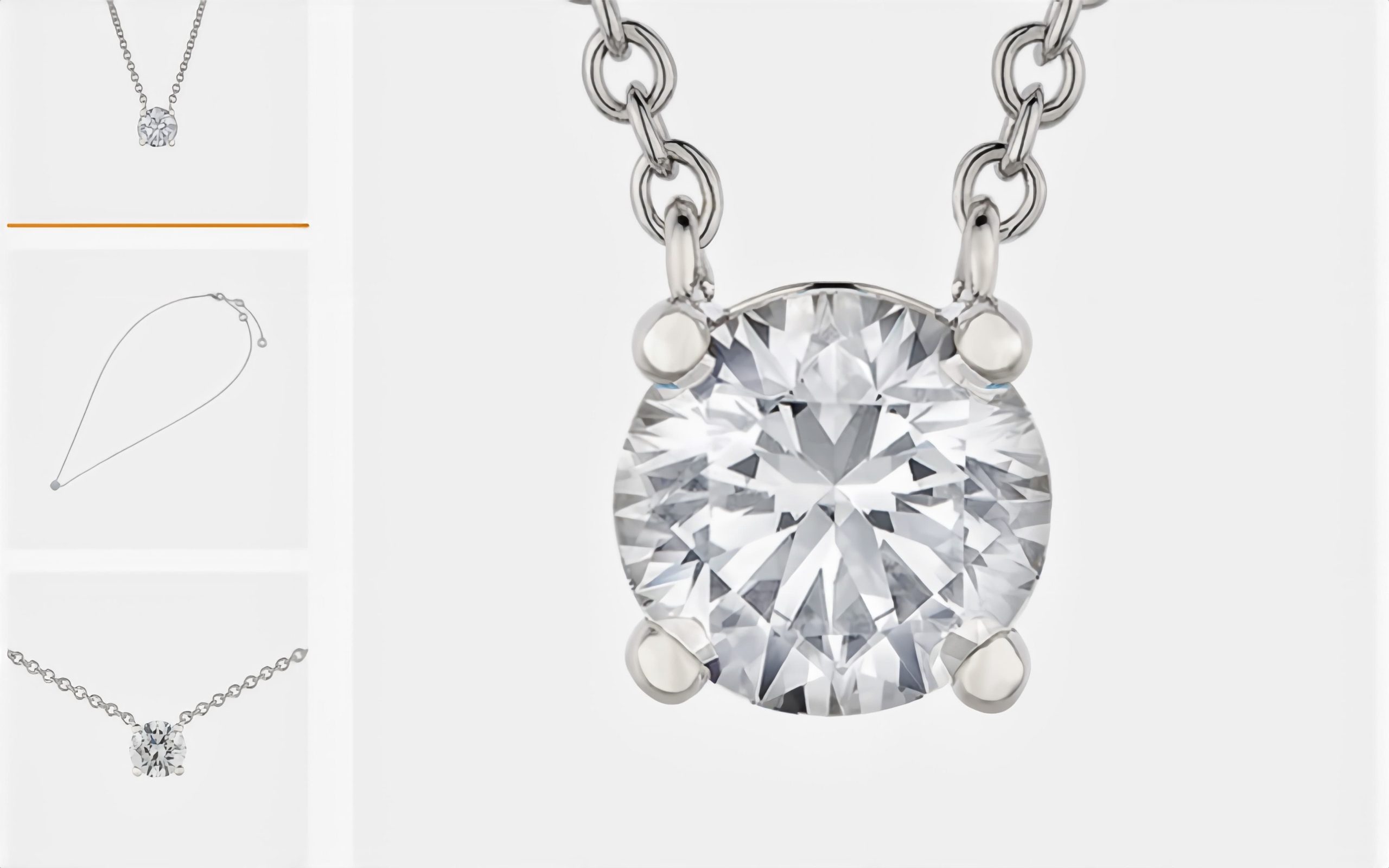
Bulgari's glittering jewelry
Sandblasting Etching Materials: The Key to Determining Engraving Effects
The successful implementation of sandblasting etching depends not only on technology but also on the sandblasting materials used. Different materials can produce different engraving effects. The following are several commonly used sandblasting materials for etching:
Silica sand: As one of the common sandblasting materials, silica sand is widely used in sandblasting etching of metals and glass with its moderate hardness and good engraving effect. It can remove oxides on the surface of the material and has good control when etching patterns. For example, in the sandblasting etching of some metal products, silica sand can create delicate lines and patterns, making the metal surface more beautiful and personalized. In terms of glass products, silica sand can remove impurities on the glass surface, making the glass more transparent and smooth.
Glass beads: Mainly used for smoothing the surface. Glass beads reflect light to give the etched surface a unique frosted texture and are often used for engraving glassware and transparent materials. For example, in the sandblasting etching of some high-end wine utensils, glass beads can create a silky touch and clear patterns, making the wine utensils more beautiful and personalized. In terms of building materials, glass beads can add a sense of modernity and art to glass curtain walls.
Aluminum oxide: This is an extremely hard material suitable for deep engraving, especially for metal products. Aluminum oxide can achieve very clear and consistent depth of pattern engraving and is widely used in high-end products that require long-lasting wear resistance. For example, in the sandblasting etching of some high-end automotive parts, aluminum oxide can create three-dimensional patterns and brand logos, making the car more beautiful and personalized. In the field of aerospace, aluminum oxide is also widely used in sandblasting and etching of metal parts to improve the wear resistance and corrosion resistance of parts.
Brown corundum: This material is suitable for fine engraving on metals with higher hardness. Brown corundum can quickly remove the oxide layer on the surface while ensuring the fineness and clarity of the engraving. For example, in the sandblasting and etching of some high-end knives, brown corundum can create sharp blades and exquisite patterns, making the knives more beautiful and personalized. In the field of mechanical manufacturing, brown corundum is also widely used in sandblasting and etching of metal parts to improve the precision and surface quality of parts.
Innovation and future: the development trend of sandblasting etching
With the continuous advancement of science and technology, sandblasting etching technology is also constantly innovating and upgrading to meet the market’s demand for higher customization and refinement.
- Application of high-precision technology: In the future, sandblasting etching will be combined with technologies such as laser engraving to further improve the accuracy and complexity of engraving, making customized patterns richer. For example, through the combination of laser and sandblasting etching, more delicate patterns and textures can be created on metal and glass materials, and even three-dimensional engraving effects can be achieved. This high-precision technology will bring more possibilities for high-end product customization and meet consumers’ pursuit of unique products.
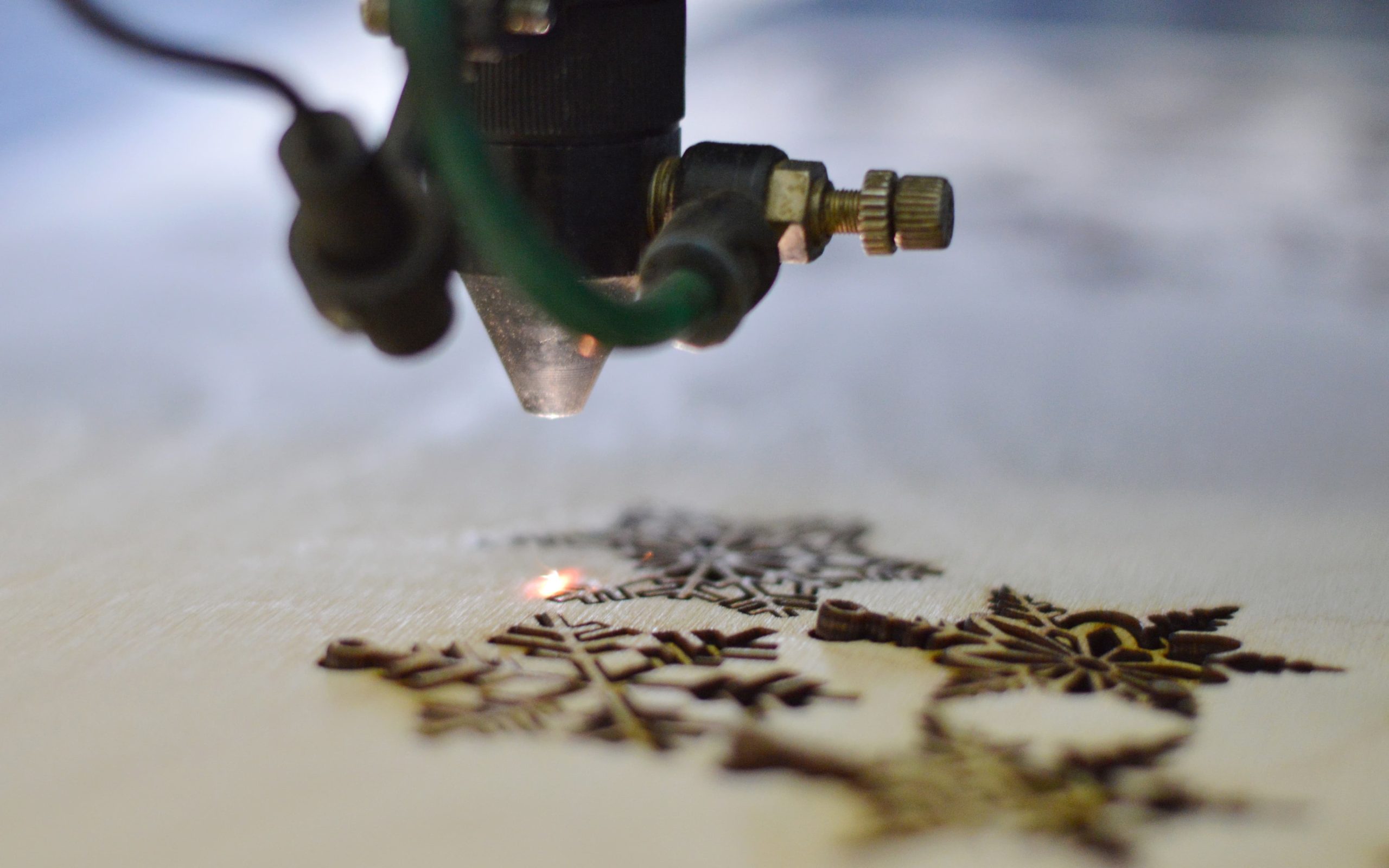
Laser Engraving
- Use of environmentally friendly materials: With the promotion of the concept of sustainable development, sandblasting and etching will use more environmentally friendly materials, such as renewable sandblasting media, to reduce the impact on the environment. For example, some new environmentally friendly sandblasting materials can be recycled and reused after use, which reduces production costs and also reduces pollution to the environment. In the future, environmental protection will become an important direction for the development of sandblasting and etching technology, providing a more sustainable solution for high-end product customization.
In general, sandblasting and etching technology has become an indispensable tool for high-end brands in customized products. Through unique pattern design and personalized brand logos, sandblasting and etching help brands stand out in the fiercely competitive luxury market. The fine etching process not only enhances the visual effect and tactile experience of the product but also enhances consumers’ recognition and loyalty to the brand.
Whether it is customized watches, jewelry, or high-end cars and glassware, sandblasting, and etching inject artistic sense and personalization into these products, allowing brands to better convey their values and identity. As technology continues to develop, sandblasting etching will continue to drive the customization trend in the high-end market and meet consumers’ pursuit of unique product experiences.
By combining the keywords of custom brand etching, sandblasting custom logos, and luxury customization, brands can better demonstrate their uniqueness and excellent quality in the market.
Filters





